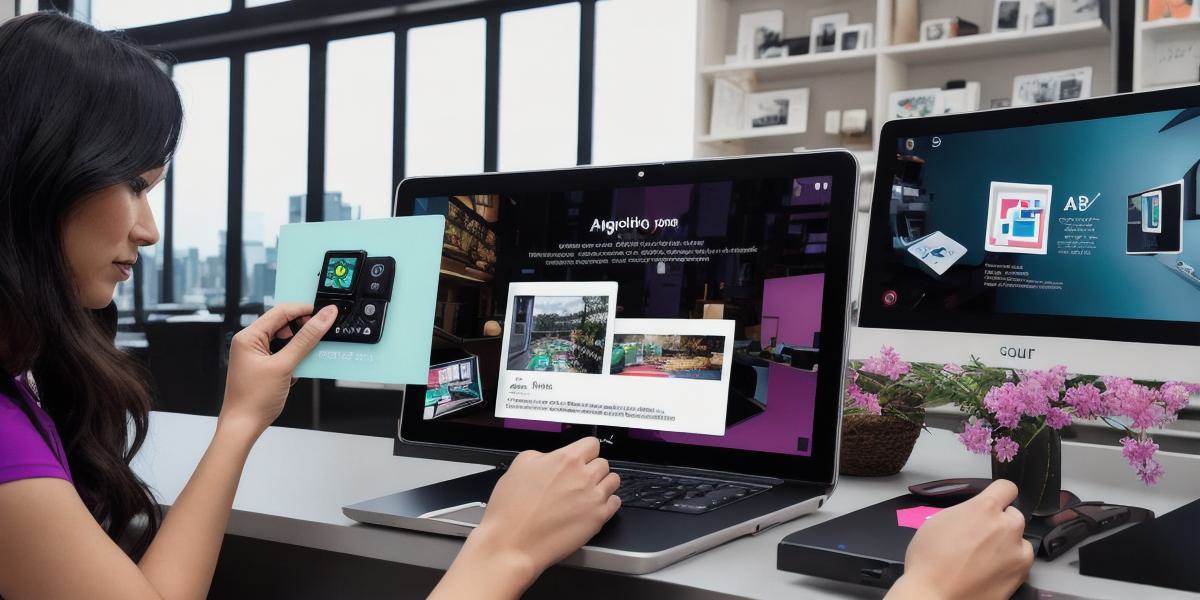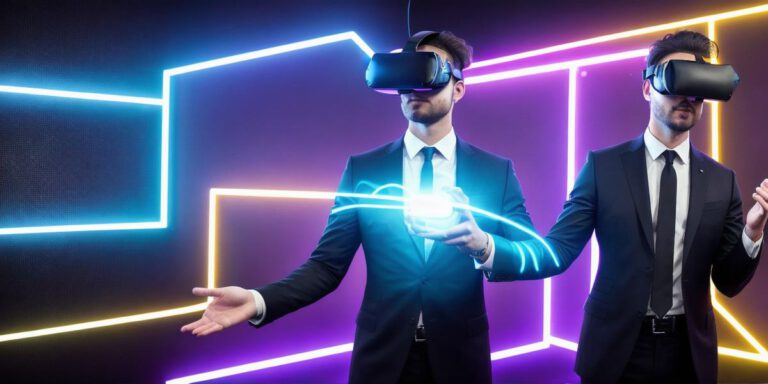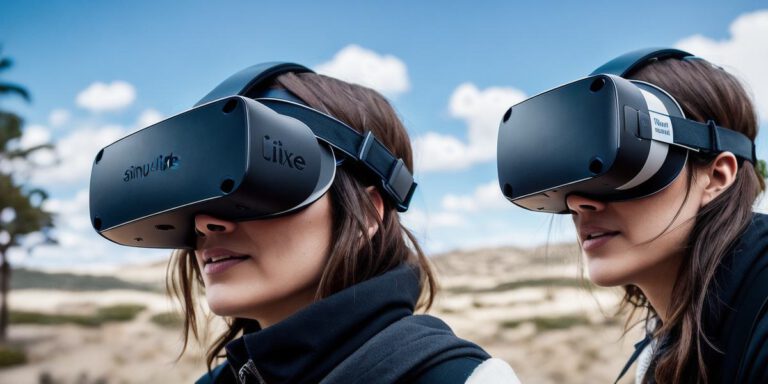How Augmented Reality is Transforming Brand Campaigns: A Developer’s Guide

Introduction
Augmented reality (AR) has rapidly gained traction as a powerful tool for enhancing brand stories and customer engagement. AR-enhanced brand campaigns have the ability to create immersive, interactive experiences that capture the attention of consumers and help businesses stand out from the competition. As a developer, you have an important role to play in this exciting new era of marketing. In this article, we’ll explore how AR is being used in brand campaigns and provide a comprehensive guide for developers looking to get started with this innovative technology.
The Power of Augmented Reality in Brand Campaigns
AR allows businesses to create engaging experiences that combine the physical world with digital elements. This creates a unique opportunity to engage customers on multiple levels and build stronger relationships between brands and consumers.
One example of the power of AR in brand campaigns is the IKEA Place app. The app uses AR technology to allow users to visualize furniture in their homes before making a purchase. This has led to increased sales and a more personalized shopping experience for customers.
Another example is the Coca-Cola Freestyle vending machine, which uses AR to allow customers to create their own custom drinks. This not only creates a memorable experience for customers but also provides businesses with valuable data on consumer preferences.
Case Studies in AR Brand Campaigns
There are many examples of successful AR brand campaigns across various industries. Here are a few case studies that illustrate the potential of this technology:
- Lululemon’s "Mirror Mirror on the Wall" campaign used AR to create an interactive window display that allowed customers to try on clothes virtually. This led to increased sales and a more engaging shopping experience for customers.
- Toyota’s "AR Experience" campaign used AR technology to allow customers to explore different car models in a virtual showroom. This not only provided a more immersive car-buying experience but also helped customers make more informed purchasing decisions.
- Nike’s "Nike By You" campaign used AR technology to allow customers to customize their own shoes. This created a unique and memorable experience for customers and helped Nike stand out in the competitive shoe market.
How Developers Can Get Started with Augmented Reality
As a developer, there are several steps you can take to get started with AR brand campaigns:
- Learn about AR technologies: There are many different AR technologies available, including ARKit, ARCore, and Vuforia. It’s important to understand the strengths and weaknesses of each technology and choose the one that best fits your needs.
- Develop an AR app: Once you’ve chosen an AR technology, you can start developing an app that will allow users to experience your brand in a new way. This could be anything from a virtual product display to an interactive game.
- Test and iterate: It’s important to test your AR app with real users and gather feedback to help you improve the experience. Don’t be afraid to make changes based on user feedback – this will ensure that your app is engaging and effective.
Conclusion
Augmented reality is transforming brand campaigns in exciting new ways, providing businesses with powerful tools for engaging customers and building stronger relationships. As a developer, you have an important role to play in this new era of marketing. By understanding the power of AR and following these steps, you can create immersive, interactive experiences that capture the attention of consumers and help your business stand out from the competition.








